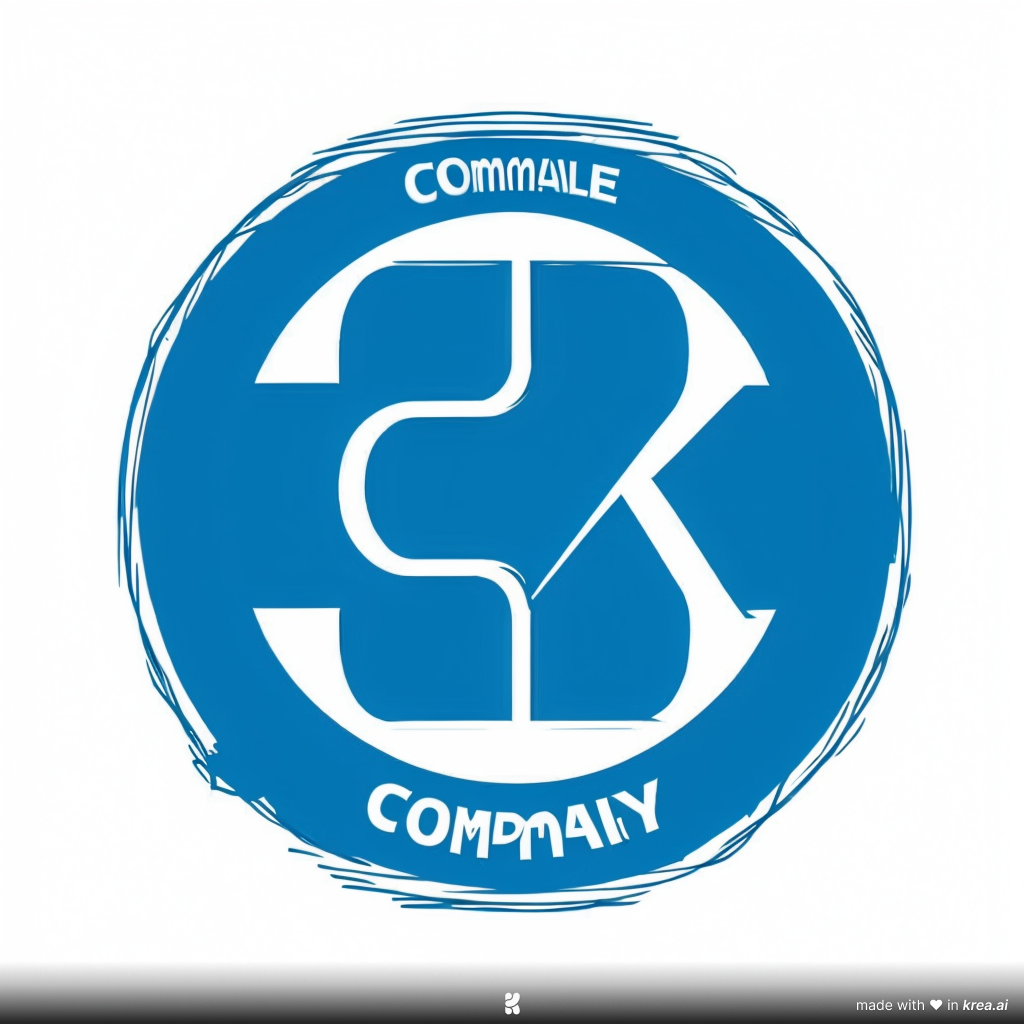We found 5 results that contain "adhd"
Posted on: #iteachmsu


Posted by
over 1 year ago
Culture of Collaboration
Number of Directions: Give a minimal number of directions or steps at a time. If necessary, have students repeat the directions to the teacher or a peer partner.
Form of Directions: Provide written directions or steps, or a visual model of a completed project. Teach students how to refer to these items as reminders of process steps to complete tasks. This strategy is particularly helpful for long-term projects.
Written Assignments
Many students with ADHD have particular challenges with written work due to finemotor skills difficulties, motor planning issues, and difficulty alternating their attention from a book to their written responses. Students with ADHD may also need assistance breaking a larger task or project into smaller, more workable units.
The following strategies can be used to address these needs.Deconstructing Tasks: Break tasks into smaller units.
Number of Directions: Give a minimal number of directions or steps at a time. If necessary, have students repeat the directions to the teacher or a peer partner.
Form of Directions: Provide written directions or steps, or a visual model of a completed project. Teach students how to refer to these items as reminders of process steps to complete tasks. This strategy is particularly helpful for long-term projects.
Written Assignments
Many students with ADHD have particular challenges with written work due to finemotor skills difficulties, motor planning issues, and difficulty alternating their attention from a book to their written responses. Students with ADHD may also need assistance breaking a larger task or project into smaller, more workable units.
The following strategies can be used to address these needs.Deconstructing Tasks: Break tasks into smaller units.
Posted on: New Marketting and Development Team



Posted by
over 1 year ago

Culture of Collaboration
Number of Directions: Give a minimal number of directions or steps at a time.
If necessary, have students repeat the directions to the teacher or a peer partner.
Form of Directions: Provide written directions or steps, or a visual model of a
completed project. Teach students how to refer to these items as reminders of
process steps to complete tasks. This strategy is particularly helpful for long-term
projects.
Written Assignments
Many students with ADHD have particular challenges with written work due to finemotor
skills difficulties, motor planning issues, and difficulty alternating their attention
from a book to their written responses.
Students with ADHD may also need assistance breaking a larger task or project into smaller, more workable units.
Number of Directions: Give a minimal number of directions or steps at a time.
If necessary, have students repeat the directions to the teacher or a peer partner.
Form of Directions: Provide written directions or steps, or a visual model of a
completed project. Teach students how to refer to these items as reminders of
process steps to complete tasks. This strategy is particularly helpful for long-term
projects.
Written Assignments
Many students with ADHD have particular challenges with written work due to finemotor
skills difficulties, motor planning issues, and difficulty alternating their attention
from a book to their written responses.
Students with ADHD may also need assistance breaking a larger task or project into smaller, more workable units.
Navigating Context
Posted on: #iteachmsu



Posted by
2 months ago

rimer text from The College of William & Mary
ADHD is one of the most commonly diagnosed conditions of children (Centers for Disease
Control and Prevention, 2015).
In a 2016 Centers for Disease Control and Prevention study, scientists found that 6.1 million children aged 2-17 years living in the U.S. had been diagnosed with attention-deficit/hyperactivity disorder (ADHD), which is similar to previous en
Ages 6-11: Approximately 2.4 million children
Ages 12-17: Approximately 3.3 million children
ADHD is one of the most commonly diagnosed conditions of children (Centers for Disease
Control and Prevention, 2015).
In a 2016 Centers for Disease Control and Prevention study, scientists found that 6.1 million children aged 2-17 years living in the U.S. had been diagnosed with attention-deficit/hyperactivity disorder (ADHD), which is similar to previous en
Ages 6-11: Approximately 2.4 million children
Ages 12-17: Approximately 3.3 million children
Disciplinary Content
Posted on: #iteachmsu


Posted by
over 1 year ago
Cooperative Learning
Carefully structured cooperative learning groups in which each student is assigned a role and has clear expectations for desired outcomes are very helpful for students with ADHD. The more structured the cooperative activity, the more likely it is that these students will succeed.
Sharing Strategies
Think, Pair, Share/Square Share/Group Share: Using this
approach, students work with peer partners to discuss the lesson, check each other’s
work, and share strategies.
Carefully structured cooperative learning groups in which each student is assigned a role and has clear expectations for desired outcomes are very helpful for students with ADHD. The more structured the cooperative activity, the more likely it is that these students will succeed.
Sharing Strategies
Think, Pair, Share/Square Share/Group Share: Using this
approach, students work with peer partners to discuss the lesson, check each other’s
work, and share strategies.
Disciplinary Content
Posted on: Green Concepts


Posted by
8 months ago
https://greenconceptsinc.com/services/pet-turf/
In order for a student to be diagnosed with ADHD, symptoms must appear before age 12 and be exhibited across at least two settings. They must also have adverse effects on academic performance, occupational success, or social-emotional development (APA, 2013).
In order for a student to be diagnosed with ADHD, symptoms must appear before age 12 and be exhibited across at least two settings. They must also have adverse effects on academic performance, occupational success, or social-emotional development (APA, 2013).
Disciplinary Content
